When Apple introduced the new Studio Display monitor at the beginning of the month, it was able to surprise the vast majority of Apple users with the presence of the Apple A13 Bionic chipset. Although this step may have surprised some, the truth is that the competition has been doing something similar for years. But we can see a huge difference in this direction. While competitors use proprietary chips to improve image display quality, Apple has bet on a full-fledged model that even beats iPhone 11 Pro Max or iPads (9th generation). But why?
It could be interest you
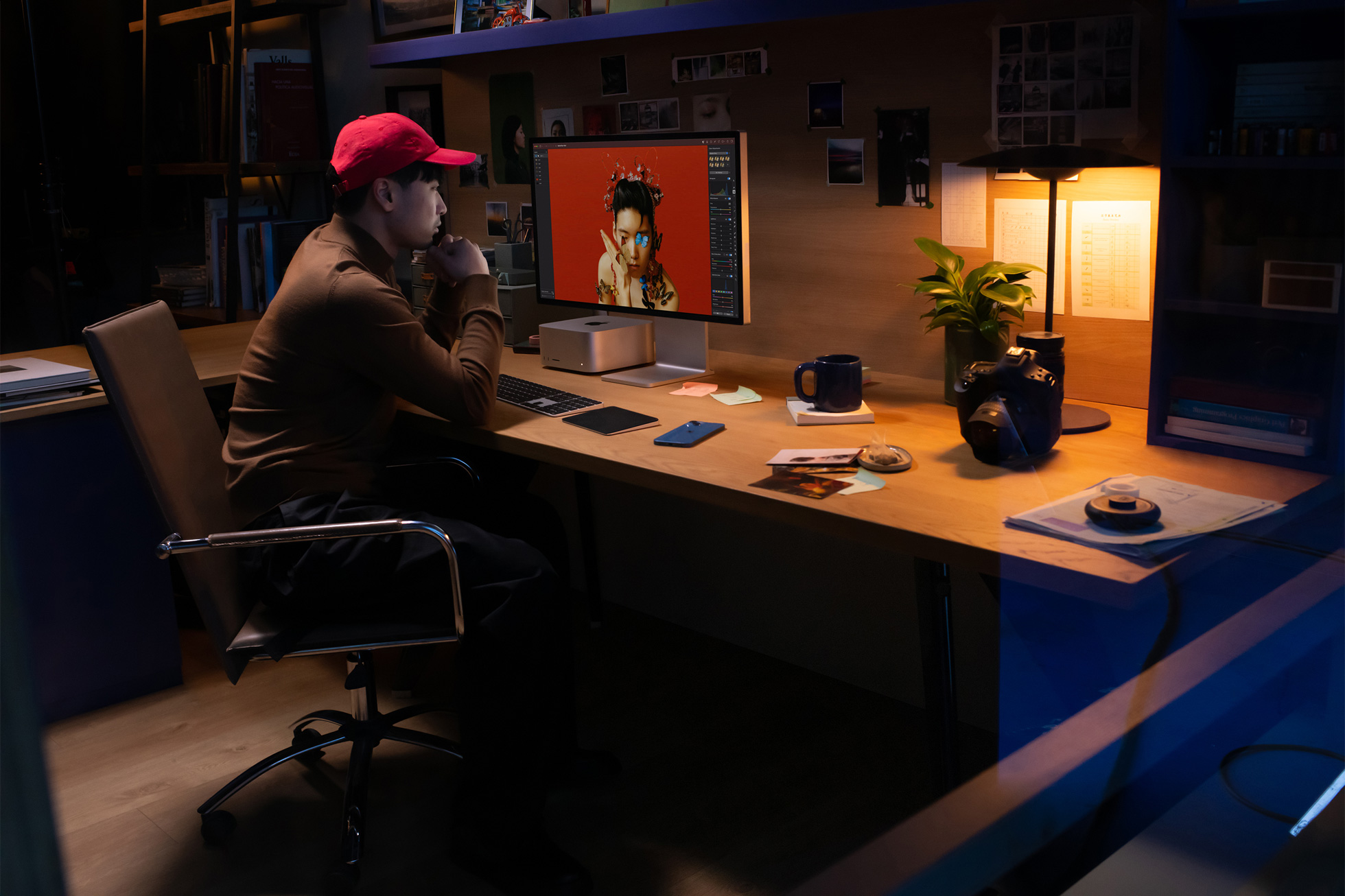
Apple officially states that the Apple A13 Bionic monitor chip is used for centering the shot (Center Stage) and providing surround sound. Of course, this raises a lot of questions. If it is to be used only for these activities, why did the giant choose such an extremely powerful model? At the same time, in this case we can beautifully see the typical apple approach. While the whole world is doing something more or less uniformly, the giant from Cupertino is forging its own path and practically ignoring all competition.
How competing monitors use their chips
As we mentioned above, even in the case of competing monitors, we could find different chips or processors to improve the user experience. A great example would be Nvidia G-SYNC. This technology is based on proprietary processors, with the help of which (not only) video game players can enjoy a perfect image without any tearing, jams or input lags. It also provides the full range of variable refresh rate and variable acceleration, which subsequently results in a clean image and the already mentioned maximum possible enjoyment of display quality. Naturally, this technology is especially appreciated by gamers. The deployment of a chip is therefore nothing unusual, on the contrary.
But the Apple A13 Bionic chip is not used for anything like that, or rather we don't know about anything like that for now. In any case, this may change in the future. The experts discovered that the Apple Studio Display still has 13GB of storage in addition to the A64 Bionic. In a way, the monitor is also a computer at the same time, and the question is how the Cupertino giant will use this opportunity in the future. Because through software updates, it could take advantage of the device's performance and storage and push it forward a few levels.
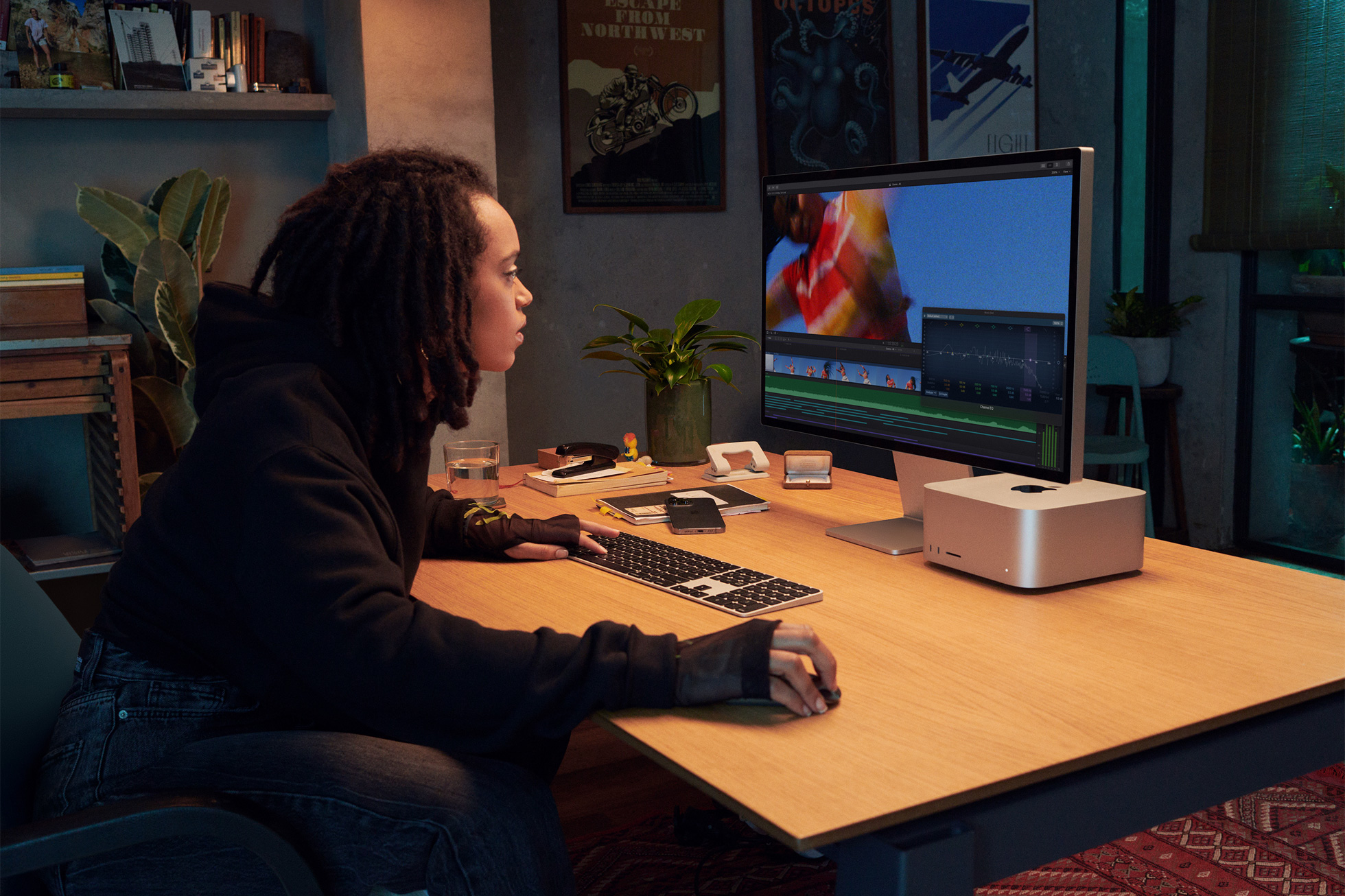
Apple is going in its own direction
On the other hand, we have to realize that this is still Apple, which in the vast majority of cases makes its own way and does not consider others. That is precisely why question marks hang over the fundamental changes and it is not easy to say in which direction the Studio Display monitor will go at all. Or if at all.
- Apple products can be purchased for example at AlgeIn iStores whether Mobile Emergency
It could be interest you
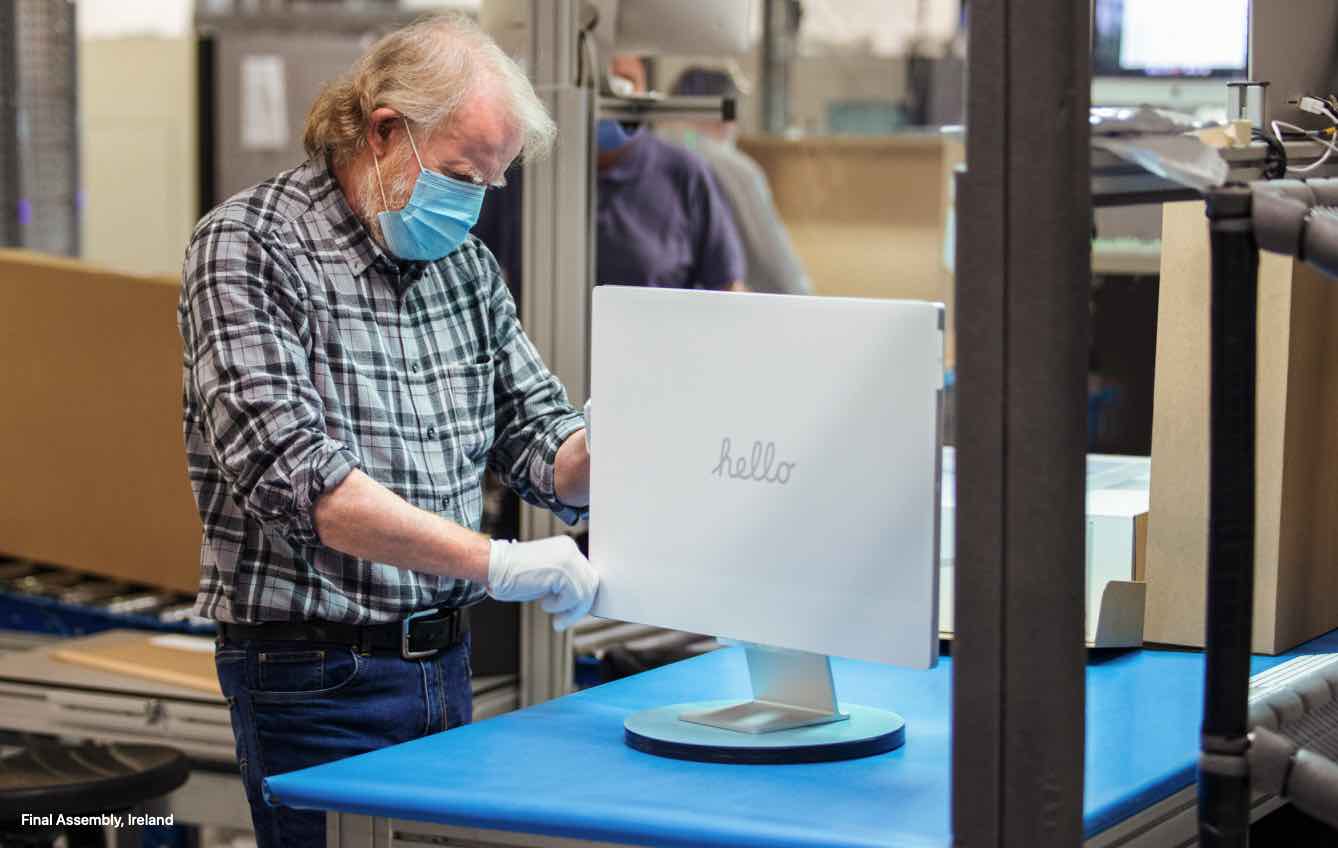
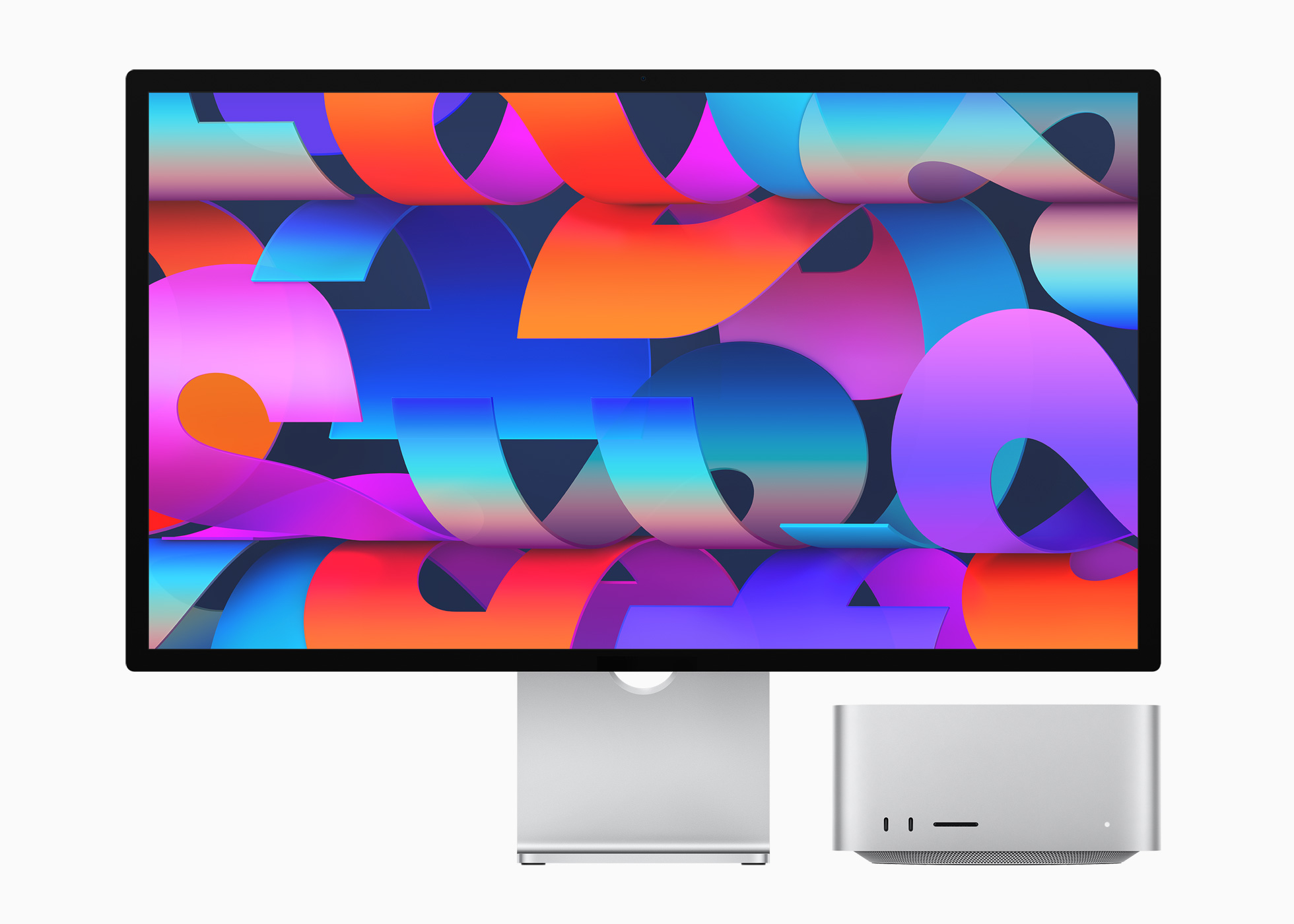
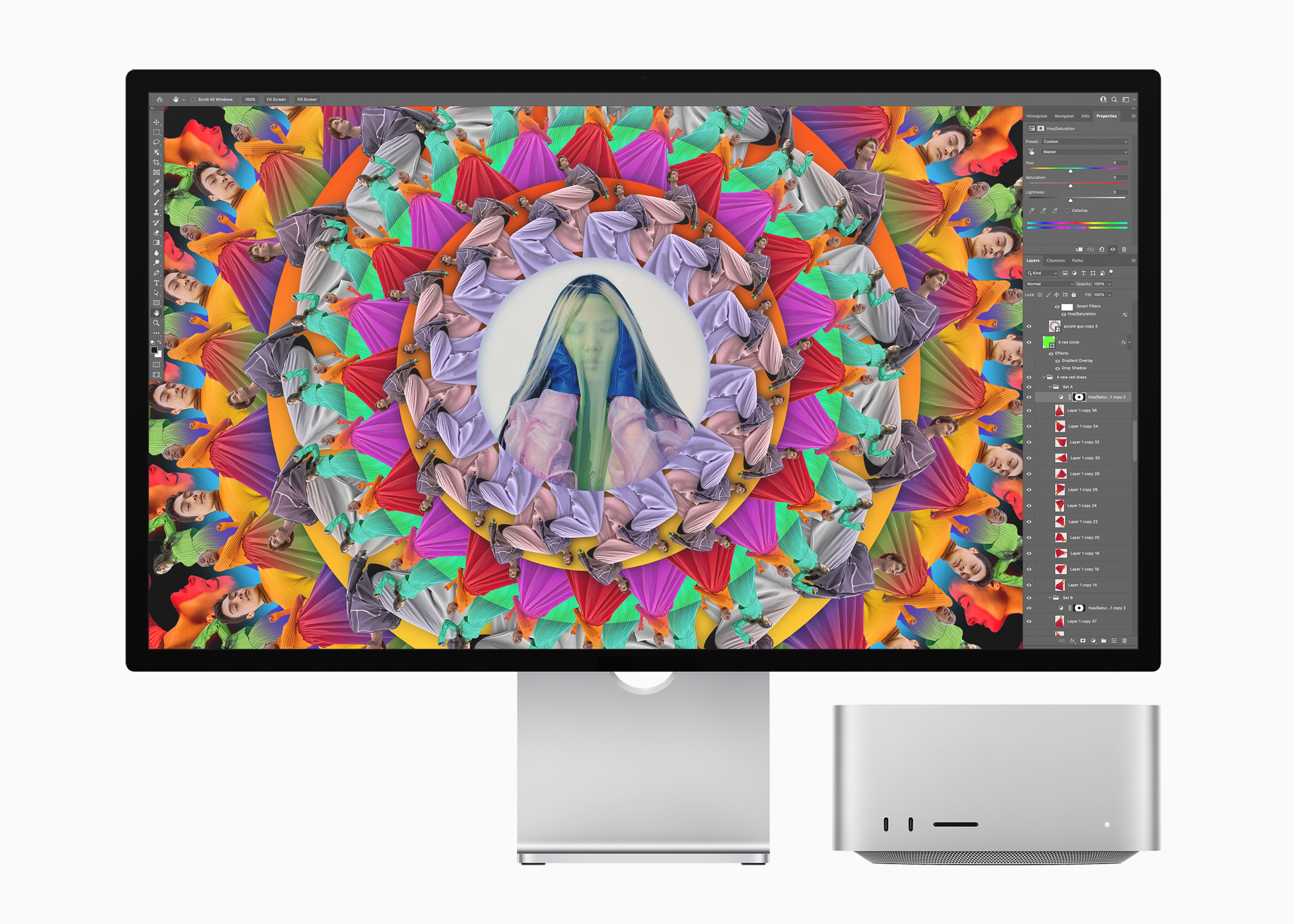
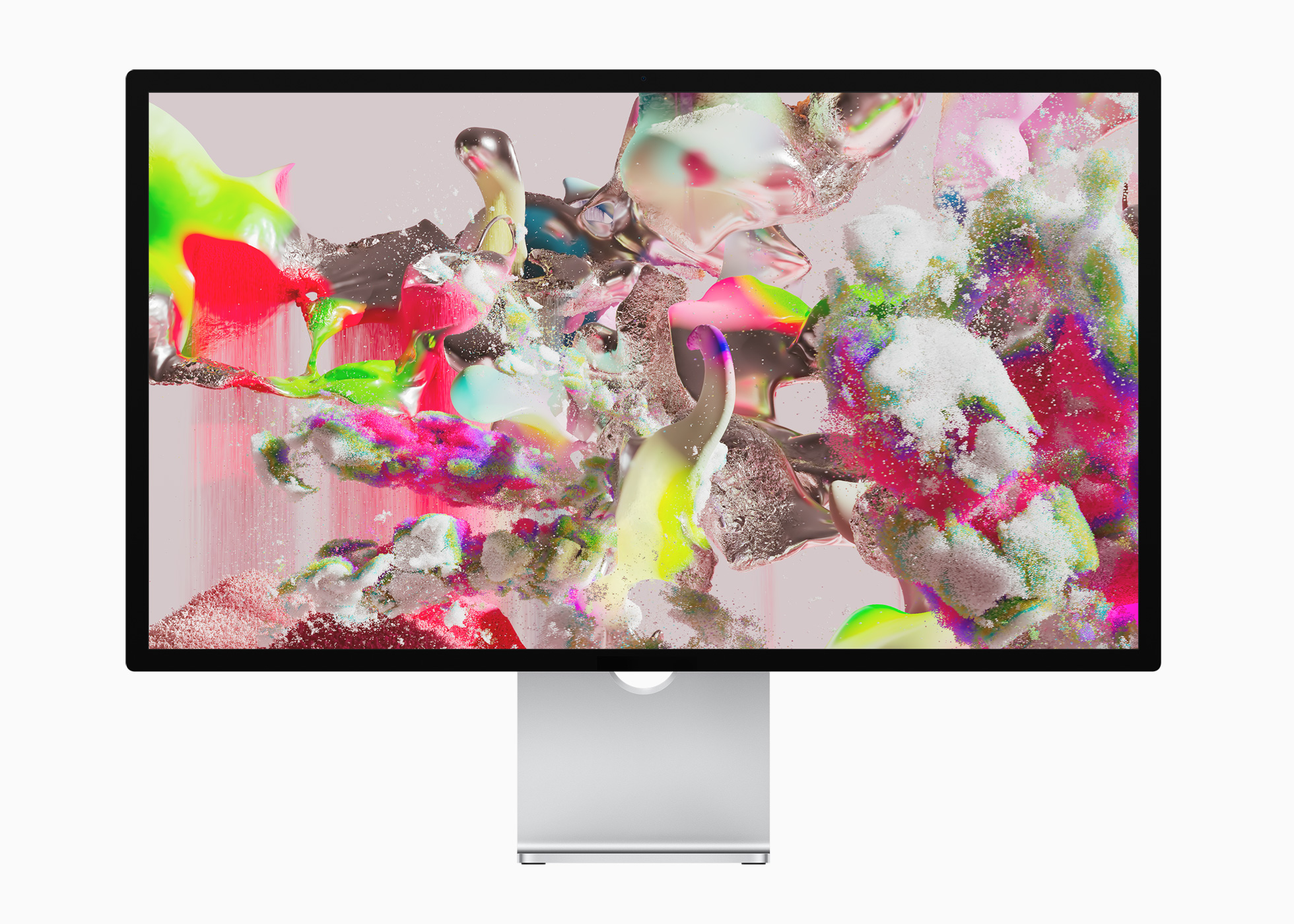

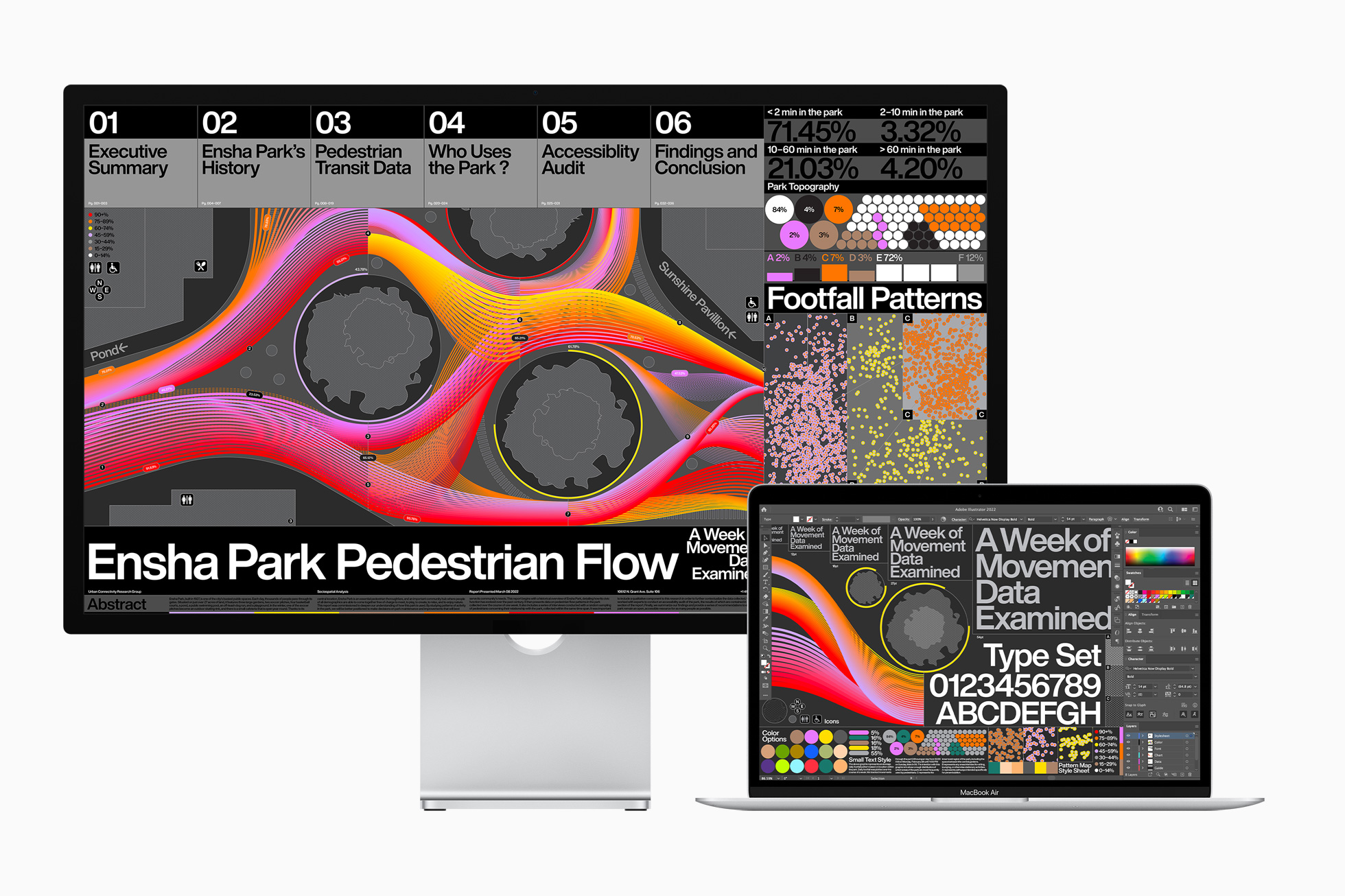
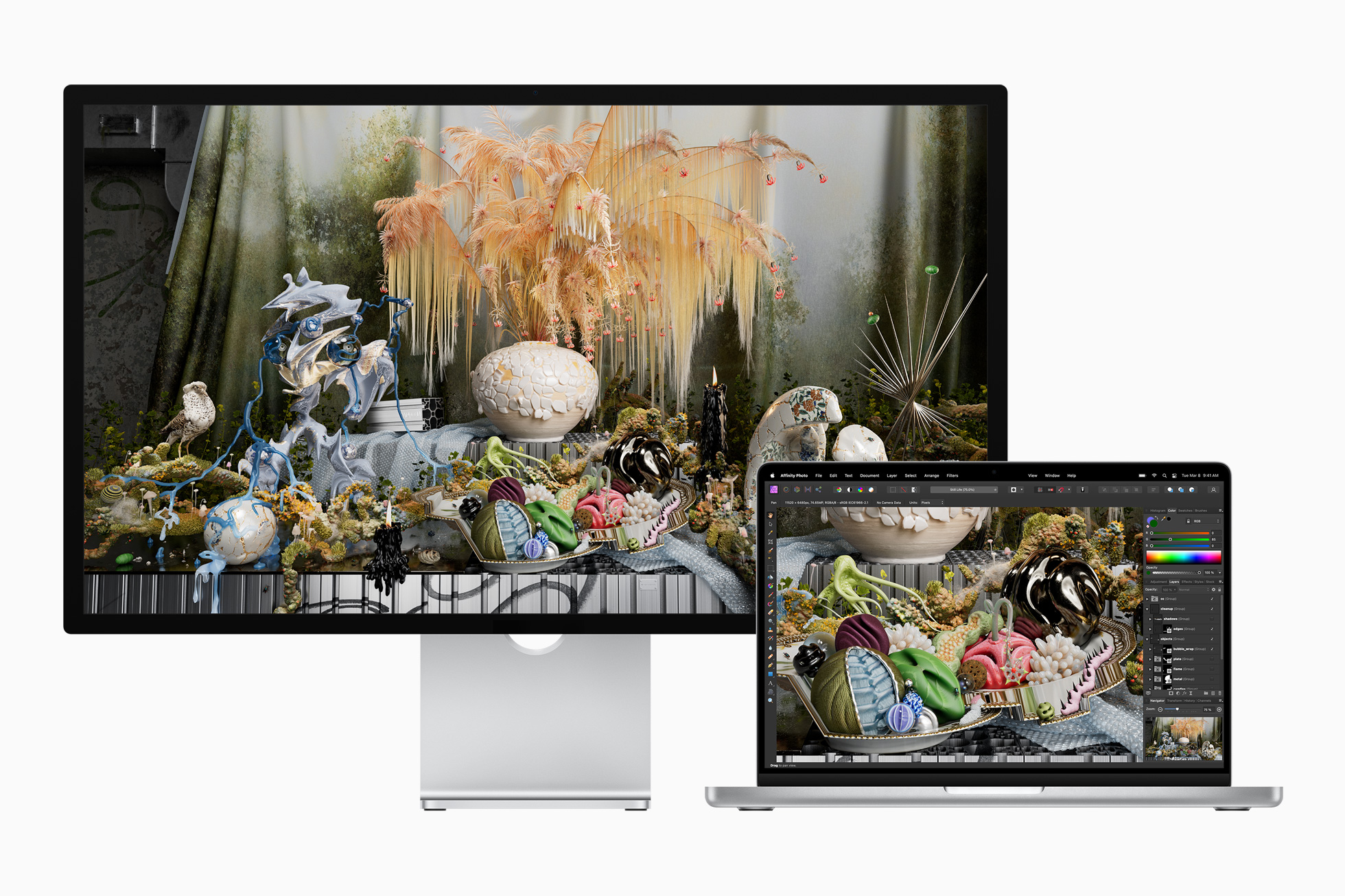

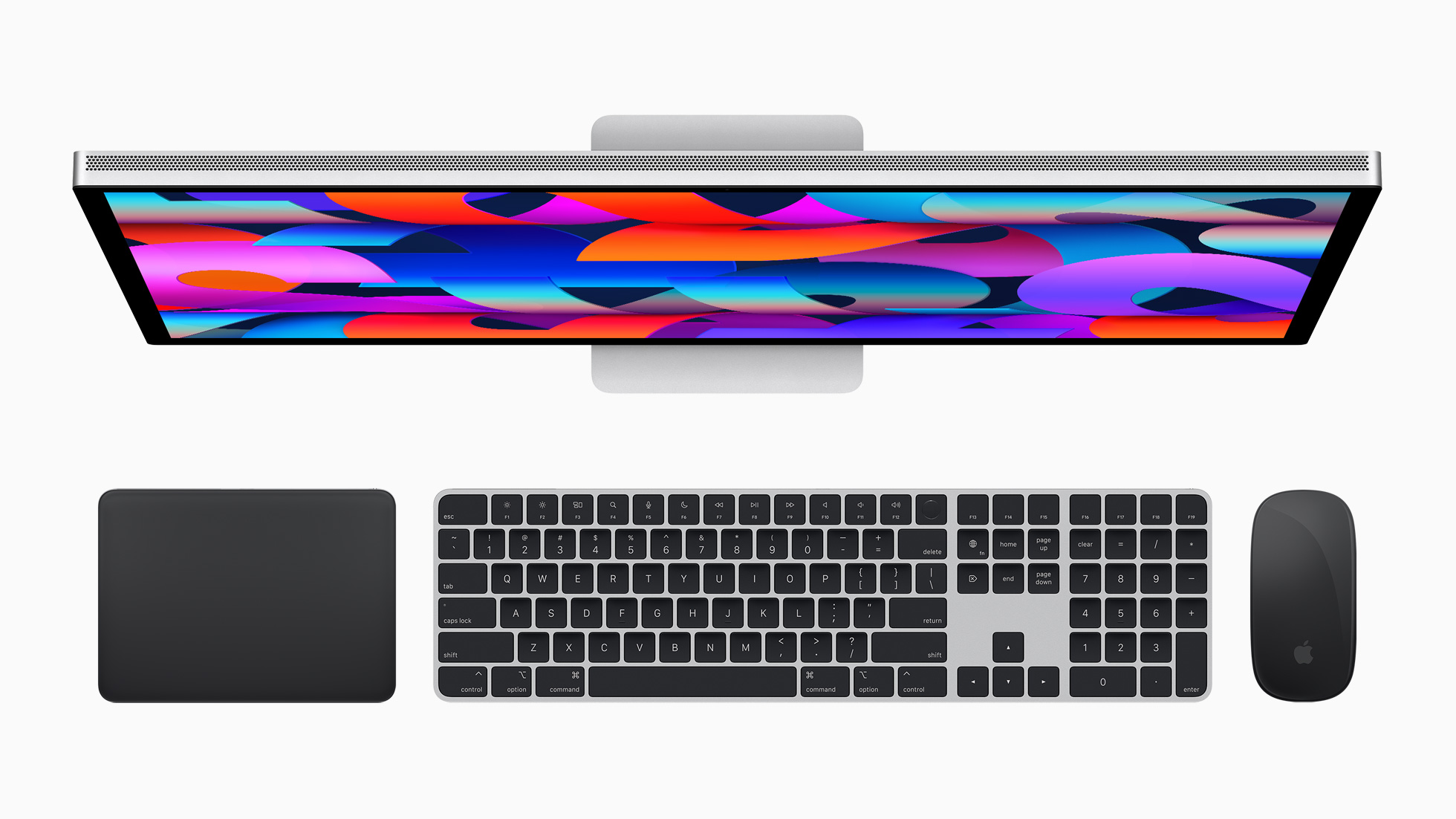
 Adam Kos
Adam Kos